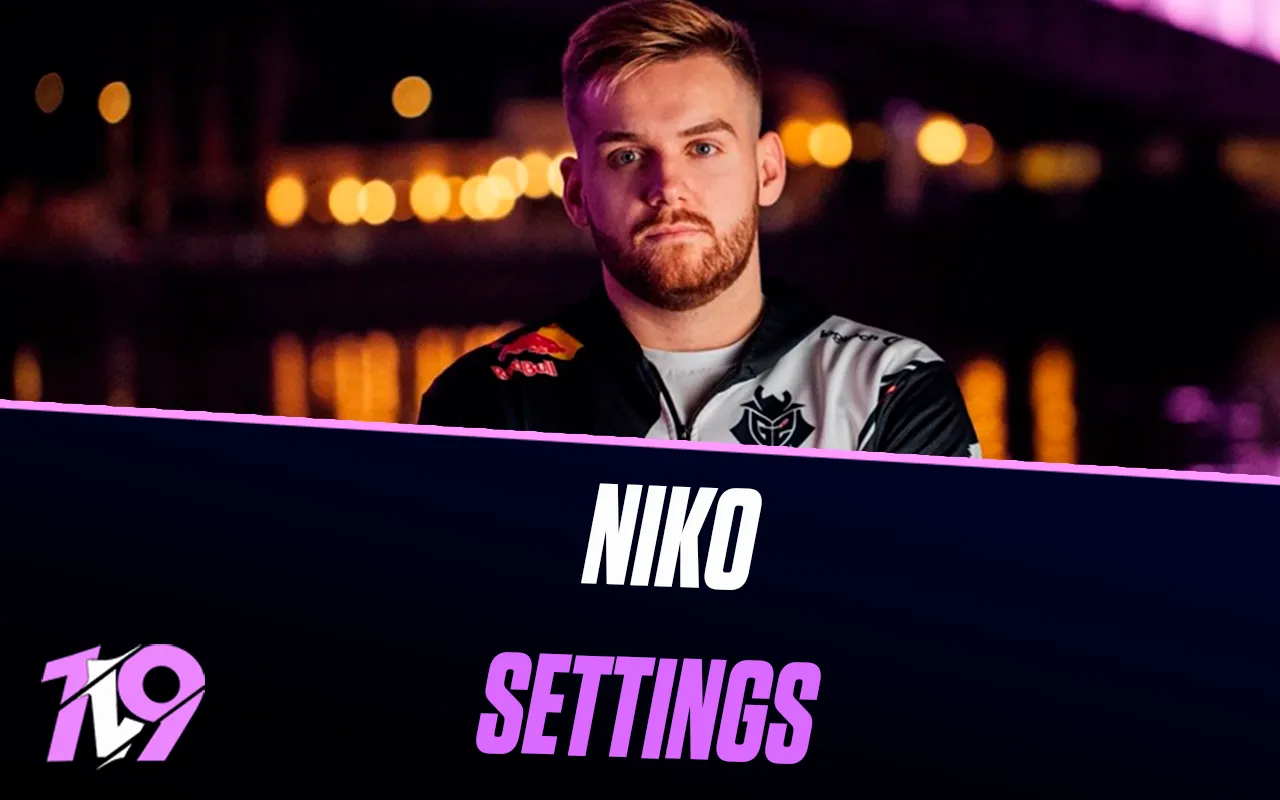Alright, let’s talk about my deep dive into configuring Niko. Man, was that a trip!

It all started when I decided I needed a better way to manage my, uh, stuff. You know, dotfiles, application settings, all that jazz. I’d heard whispers about Niko being this super flexible configuration manager, so I figured I’d give it a whirl.
First thing I did, naturally, was hit up the docs. And, lemme tell ya, they’re… thorough. Maybe a little too thorough, if you catch my drift. Spent a good hour just trying to figure out where to even begin. Ended up just winging it, which, let’s be honest, is how I usually roll anyway.
So, I installed Niko. Pretty straightforward, just followed the instructions on their website. No hiccups there, thankfully. Then came the fun part: actually configuring it.
I wanted Niko to manage my .bashrc, .vimrc, and a few other key files. The idea was to have different configurations for different environments, like work and personal. Seemed simple enough.
Started by creating a basic file. This is where you tell Niko what to manage and how. Got the basic structure down: told it where my files were, where I wanted them symlinked, and set up a few profiles.

My first mistake? Assuming it would “just work.” Of course, it didn’t. Turns out, Niko is pretty picky about paths. Had a bunch of symlink errors because I hadn’t specified the correct absolute paths. Spent another hour debugging that nonsense.
Got the paths sorted out, but then ran into another snag: profiles weren’t switching correctly. Turns out, I needed to explicitly tell Niko which profile to use. Added an environment variable, NIKO_PROFILE, and set it to the profile I wanted. Finally, things started clicking!
Next up was adding some templates. I wanted to be able to inject variables into my config files, like my username and hostname. Niko uses Jinja2 templates, which are pretty powerful. I messed around with that for a bit, getting the syntax right. There was some trial and error here to get the hang of things and it was pretty fun, not gonna lie.
Learned another lesson: Don’t go overboard with the templates. Keep them simple and focused. I started trying to do some really fancy stuff, and it just made everything more complicated.
After a few days of tweaking and refining, I finally had a working Niko setup. It’s not perfect, but it’s a heck of a lot better than what I had before. Now I can easily switch between different configurations, manage my dotfiles with ease, and keep everything synced across multiple machines.

Would I recommend Niko? Yeah, probably. It’s got a bit of a learning curve, but once you get the hang of it, it’s a really powerful tool. Just be prepared to spend some time reading the docs and troubleshooting. And, for the love of all that is holy, backup your files before you start messing with them!
- Start with the basics: Install Niko and create a simple file.
- Get the paths right: Use absolute paths to avoid symlink errors.
- Use profiles to manage different configurations.
- Keep templates simple and focused.
- Backup everything before you start!
That’s pretty much it. Hope this helps someone avoid some of the headaches I went through. Happy configuring!





